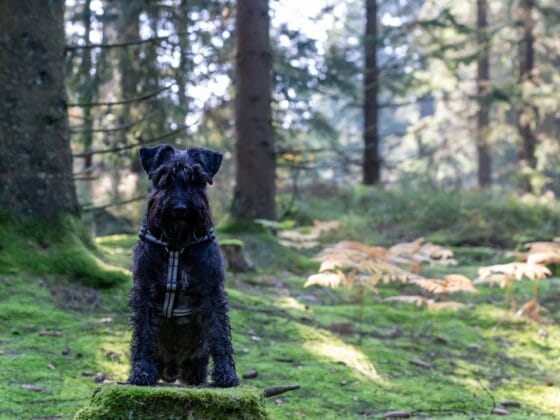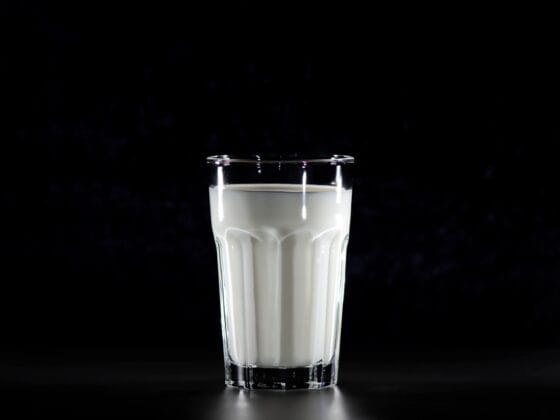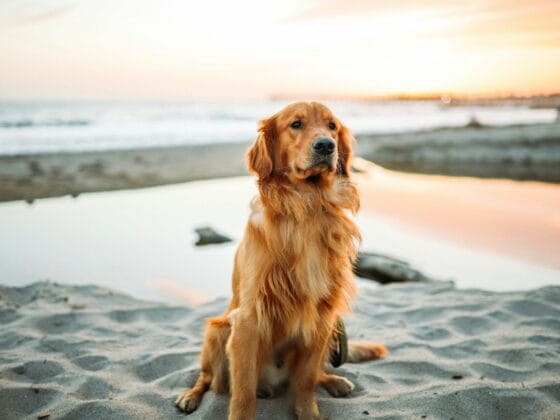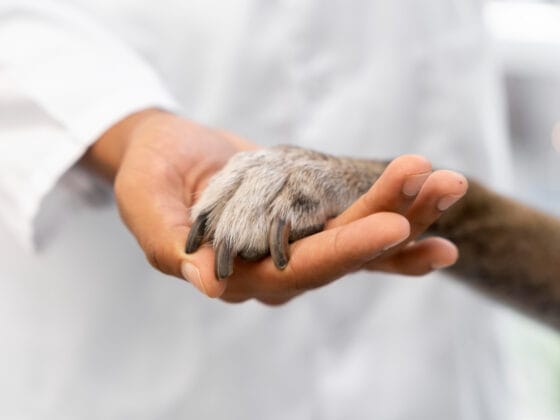The Delicious Tradition of „Pies Ile Kolan” in Polish Cuisine
Polish cuisine is known for its rich and hearty dishes, and one traditional delicacy that stands out is „Pies Ile Kolan.” This unique pie has a long history and holds a special place in Polish culture. In this article, we will explore the origins, ingredients, preparation, and significance of „Pies Ile Kolan” in Polish cuisine.
The Origins of „Pies Ile Kolan”
„Pies Ile Kolan,” which translates to „Pie How Many Knees,” is a traditional Polish dish that dates back to the 18th century. It originated in the region of Silesia, which is located in the southwestern part of Poland. The pie was initially created as a festive dish to celebrate special occasions such as weddings, birthdays, and holidays.
The name „Pies Ile Kolan” is derived from the unique shape of the pie, which resembles a human figure with multiple knees. The pie is made by folding the dough in a way that creates several layers, giving it the appearance of multiple knees when sliced.
Ingredients and Preparation
The key ingredients of „Pies Ile Kolan” include flour, butter, eggs, sugar, and a variety of fillings. The most common fillings used in this pie are poppy seeds, nuts, and dried fruits. However, modern variations may also include ingredients like chocolate, caramel, or even savory fillings like cheese and mushrooms.
The preparation of „Pies Ile Kolan” is a labor-intensive process that requires skill and patience. The dough is made by combining flour, butter, eggs, and sugar, which is then kneaded until it reaches the desired consistency. The dough is then rolled out into a thin sheet and layered with the chosen filling. The sheet is then carefully folded to create the distinctive knee-like shape.
Once the pie is shaped, it is baked in the oven until golden brown and crispy. The aroma that fills the kitchen during the baking process is simply irresistible, making it even more enticing to taste.
The Significance of „Pies Ile Kolan” in Polish Culture
„Pies Ile Kolan” holds a special place in Polish culture and is often associated with celebrations and family gatherings. It is a symbol of abundance, prosperity, and togetherness. The pie is traditionally served during festive occasions, such as Christmas, Easter, and weddings.
Sharing a slice of „Pies Ile Kolan” with loved ones is a cherished tradition in Poland. It brings people together and creates a sense of unity and joy. The pie is often passed down through generations, with each family adding their own unique twist to the recipe.
Case Study: The Popularity of „Pies Ile Kolan” in Modern Times
Despite its long history, „Pies Ile Kolan” continues to be a beloved dish in Poland. Its popularity has even spread beyond the country’s borders, with Polish communities around the world embracing this traditional delicacy.
In recent years, there has been a resurgence of interest in traditional Polish cuisine, including „Pies Ile Kolan.” This can be attributed to the growing trend of reconnecting with cultural heritage and seeking authentic culinary experiences.
Restaurants and bakeries specializing in Polish cuisine have started offering „Pies Ile Kolan” on their menus, attracting both locals and tourists. The pie has also gained attention on social media platforms, with food enthusiasts sharing their homemade creations and recipes.
Key Takeaways
- „Pies Ile Kolan” is a traditional Polish pie that originated in the 18th century.
- The pie is made by folding the dough in a way that creates a unique knee-like shape.
- Common fillings include poppy seeds, nuts, and dried fruits, but modern variations may include chocolate, caramel, or savory ingredients.
- „Pies Ile Kolan” is a symbol of abundance, prosperity, and togetherness in Polish culture.
- The pie is often served during festive occasions and is associated with family gatherings.
- There has been a resurgence of interest in traditional Polish cuisine, leading to the popularity of „Pies Ile Kolan” in modern times.
In conclusion, „Pies Ile Kolan” is not just a pie; it is a symbol of Polish heritage and a testament to the rich culinary traditions of the country. Its unique shape, delicious fillings, and cultural significance make it a must-try for anyone interested in exploring the diverse world of Polish cuisine.







